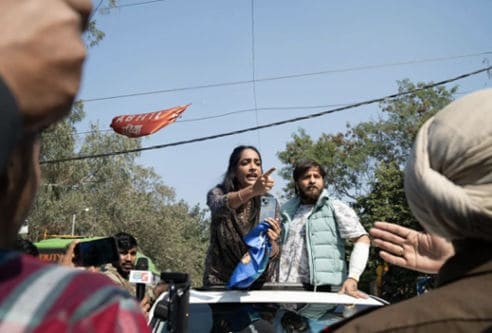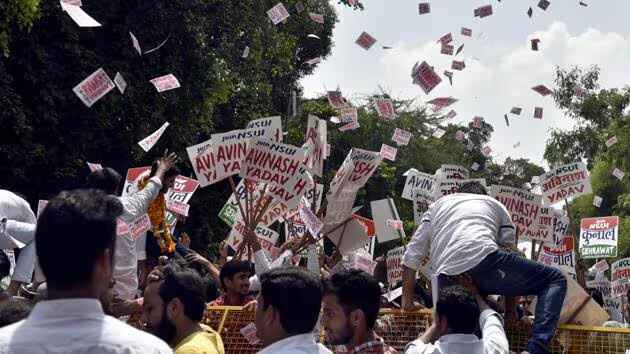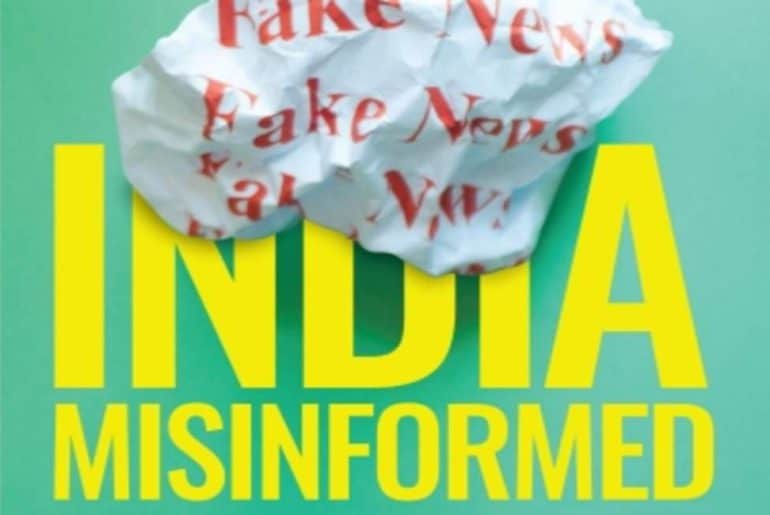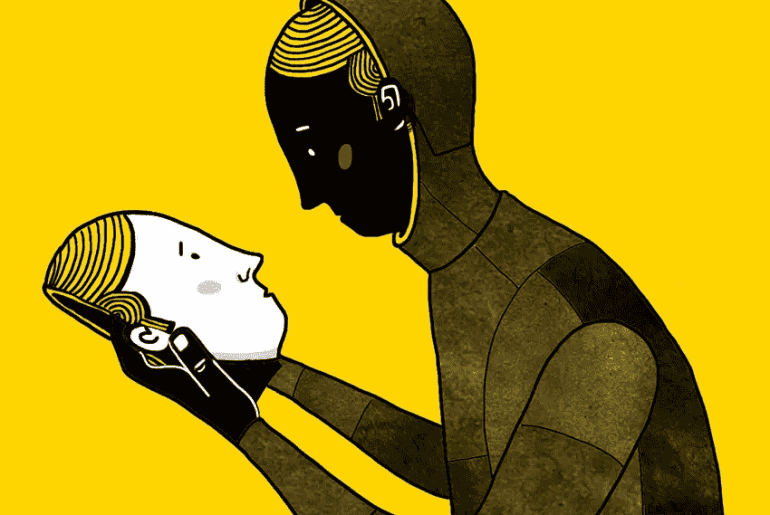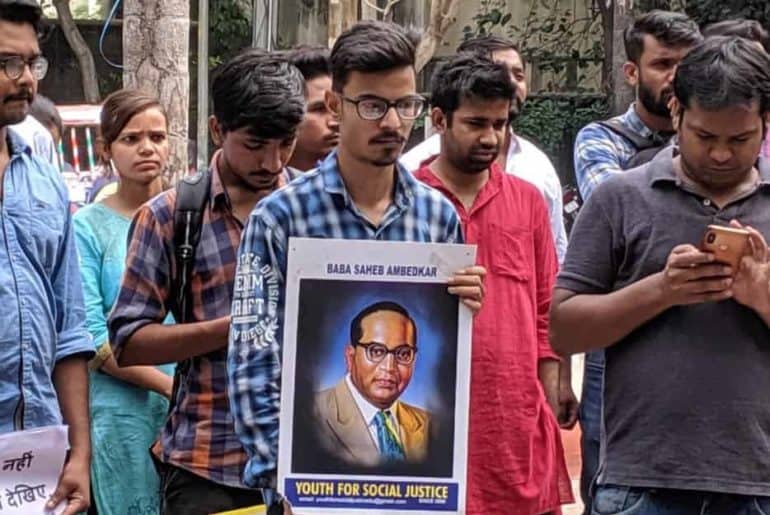DU has written to the colleges about the existence of Caste based discrimination on campus and has directed to take actions if necessary. However, the question is whether the directions are on paper or are they going to turn up in reality? Read ahead to find out more.
Recently, the University of Delhi (DU) has written to its colleges in regards to the Caste based discrimination. It has asked the colleges to ensure that there is no caste-based discrimination on the campus. Further, it has directed the officials and the faculty members of the university to abstain from any such act that would arise due to the social background of a student.
On 25 May 2022, the assistant registrar of the varsity wrote to the colleges while attaching several letters from the University Grants Commission (UGC) on the subject of prevention of discrimination. Further it asked the colleges to take necessary actions if any such case arises. Meanwhile, the UGC has assured to take four actions on the matter including contitution of a committee which would be responsible to look into the complaints of caste-based discrimination, received from the students, teaching and non-teaching stafee of the varsity, belonging to Scheduled Caste (SC) and Scheduled Tribe (ST).
The university/institute/college may develop a page on their website for lodging such complaints of caste discrimination by Scheduled Caste/Scheduled Tribes (SC/ST) students and also place a complaint register in the registrar/principal office for the purpose.
-DU on prevention of caste-based discrimination
Furthermore, it suggested the colleges take necessary actions as soon as any such incident comes to the notice of the authorities.
DU has often been the place where casteism perpetrates. While hostility between the students belonging to different castes can be observed, the antagonism among the teachers has also become an unhidden observation. In August 2020, an assistant professor had to lose her job on discriminatory grounds for being a Dalit. The professor filed a police complaint. According to her, she met the principal to find out the reason for her termination but was humiliated, threatened, and passed caste-based remarks. Again in September 2020, the National Commission for Scheduled Castes had issued notices to the DU Vice-Chancellor in regards to the alleged caste-based discrimination against the teachers in Daulat Ram College and Dyal Singh College (evening). Moving forward to August 2021, a teacher slapped her colleague in Laxmibai College. The victim, Neelam, had alleged that the attacker, Ranjit Kaur, had slapped her because the former belonged to the Schedule Caste (SC).
If these cases seem less to provide an argument on the caste-based insensitivity that the University houses, how about we take a look at DU’s syllabus? The varsity was subjected to heavy criticism when it removed renowned author Mahasweta Devi’s short story and two Dalit authors- Bama and Sukhartharini, and replaced them with “upper caste” writer Ramabai from the English syllabus. So, the question here is not whether the university is sensitive towards the issue but about taking a bold charge against the perpetrators of caste-based discrimination.
In conversation with a student from Lady Shri Ram College (LSR) told us that even a “prestigious” college like LSR is not an exception with it comes to caste discrimination. According to the student, the university is far from being caste sensitive. She felt disgusted by the notion that the people condemning the acts of discrimination are also the ones who practice them. She calls it an ‘irony’ when the varsity is writing on the issue and continues to be the place perpetuting it.
I have heard from my friends and acquaintances about how their caste segregated them from the others and how it was used as a brand to their names.
-Student, LSR
Another student from LSR, Prachi, who is affiliated to the Students’ Federation of India (SFI), told us that caste based discrimination does exist in the college space, maybe outright or subtle but it does exist. She claimed that previously she was asked if she was admitted to the college through reservation and lines like “in logo ka toh asani se ho jata hai” were spoken. Further, she finds the varsity space caste insensitive. Even though people talk about the sensitivity in top colleges of DU, it is only a ‘talk’ as she stated. Moreover, she asserted that the University is not doing its work in the aspect. She pointed out that the varsity shows its casteist attitude when it does not recruit even a single teacher from marginalised section and simply writes them off that they are not found suitable.
Sensitization of faculty and students should be done through workshops and strict actions should be taken against any case of caste-based discrimination.
–Prachi, SFI, LSR
Asha Avinash Yagy from Ramjas told us that from the outside it could not be felt that such a discrimination exist in the institution. However, it could be felt, according to the him, that people belonging from upper caste, at times, find ways to supress the ones belonging from lower caste. Further, he felt that the university is somewhat caste sensitive but a lot of work needs to be done in the domain to make people live in the harmony of the fact that people from various caste can co-exist. To conclude with what the student felt, he told us that it is of utmost importance that the people have to get over the negativity that exist between them in the name of caste.
As the University is completing 100 years, it needs to become completely caste sensitive.
-Student, Ramjas College
In conversation with Himasweeta Sarma, the president of North East Cell, Hindu College and the Editor-in-chief of DU Beat, told us about the subtle instances of discrimination. Last year, she received a grievance of a North eastern student who was questioned on their food habits and whether they include only ‘momos’. She highlighted although there are no caste-based discrimination taking place within her college, subtle instances like these do take place which leaves a deep impact on the victim. She herself has been subjected to questions like why does she not look ‘North-Easterner’ enough. Further, she finds the university to be insensitive in this matter.
The University does not have time to pay attention to the cries of the student community as a whole. Do you think it’ll have time to listen to the grievances of the minority communities.
-Himasweeta Sarma, President, North East Cell, Hindu College
Additionally, she feels that introducing committees and announcing orders is not enough. According to her, the university should try to know the experiences of the students who have been the victims of such discrimination, try to understand where the problem lies and take ations against the same. Such actions should be taken that makes the second person think twice before indulging in the same.
To add to this, in conversation with the secretary of SFI Hindu, Ankit, told us about the instances where a student belonging from upper caste try to imply their superiority and try to assert dominance among the students. In his words, if the university would have been sensitive towards caste then they would have taken any action against those who carried out the recent act of violence in Ramjas College.
On 31 May 2022, three students of Ramjas, who are also SFI activists, were attacked within their college. As reported, the students had altered a caste-based slogan which was painted by the supporters of ABVP (Akhil Bharatiya Vidyarthi Parishad). The physical altercation took place over these caste-based slogans. The perpetrators of the attack on the students, Aman, Akhil and Sachin, are reportedly not the students of Ramjas College. Even though an FIR had not been filed, the perpetrators had publicly admitted to their wrongdoing and issued an apology. SFI had accepted the apology. However, they demanded an assurance from the administration and Police about the safety of the students.
Further, Ankit feels that the university is completely ignorant towards the problems of students who come from oppressed castes. According to him, most students who dropout belong to the oppressed sections and the university has done nothing substantial in the same aspect. Ankit further stated that the university should assist the students from the oppressed sections so that they do not have to quit studies and can find the university space conducive for studies.
As there is a gender sensitisation committee in colleges, caste senitisation committees must also be set up. SC ST cells in colles must be made compulsory.
-Ankit, Secretary, SFI Hindu
Collectively, students feel that the discrimination is rooted deep within the minds of the individuals and it is a subject which would require a collective cooperation of all individuals in order to eradicate it. Since the university has finally acknowledged its existence, let us wait to see how will this acknowledgement change the varsity’s environment.
Read Also: Casteism, Class, Convention: Are We Still Free?
Dr. B.R. Ambedkar and Caste System
Featured Image Credits: Uday Deb via Times of India
Ankita Baidya
[email protected]

